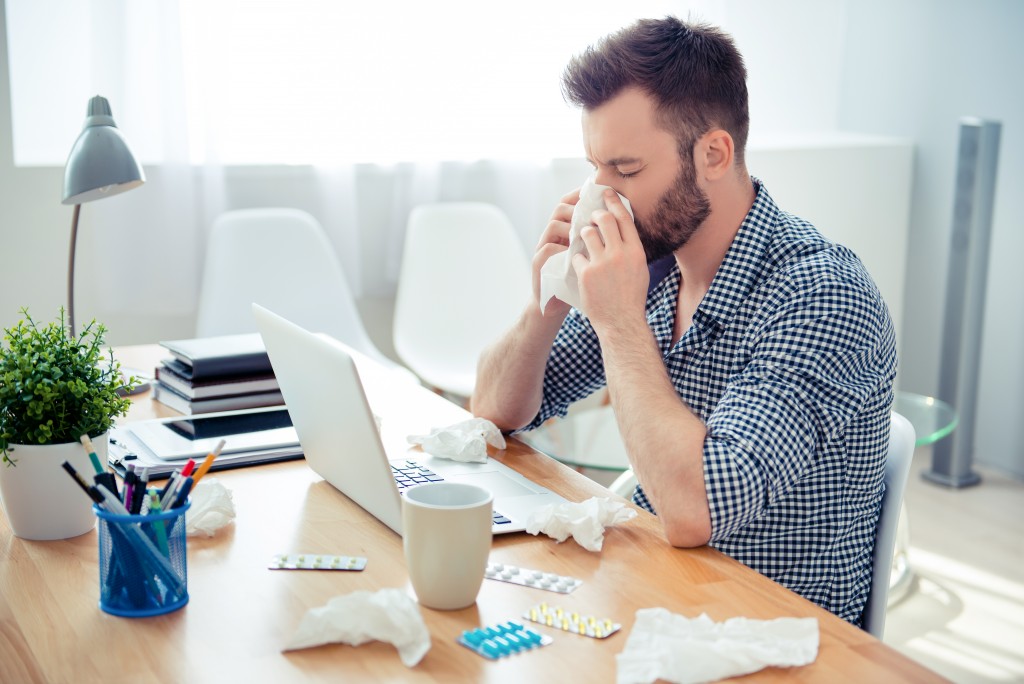Breathing is an involuntary reflex that everyone can do, but it can also be done voluntarily when being controlled. It’s an automatic process wired inside every person’s brain, which means that you do it even when you’re not conscious that you’re doing it.
However, the simple, involuntary act of breathing can be difficult to do when you’re in a suffocating environment. This can include being exposed to harmful chemicals, smoke, or stale air. In everyday situations, you aren’t normally exposed to chemicals or smoke, but the same cannot be said for stale air.
Most homes can become stuffy through time due to stale air. This is because there might not be enough clean air circulating throughout the house to remove the airborne contaminants lingering in the air. While mild stuffiness can make you uncomfortable, severe staleness in the air can be unhealthy. Here’s how you can get rid of the stale air in your home:
Ventilate
Poor ventilation can make it hard to breathe inside your home. This might be because the amount of pollutants that have accumulated in your house is already too much for your heating, ventilation, and air conditioning (HVAC) system to filter out. Or it can be a sign that your HVAC system is broken and in need of repair.
A simple solution to the latter problem is to contact a technician that can fix the complications with your HVAC. However, if you’re dealing with something more serious than an HVAC issue, then you might need to manually ventilate your home to get rid of the staleness.
One way to do this is by cracking open your windows once in a while to ensure that the air in your house circulates freely. Just make sure that there are enough open windows so that the air that enters from one side can exit through another, thereby carrying all the airborne pollutants out in the process.
Inspect
Mold growth and bacteria buildup can also be the cause of stuffiness inside your home. This is because mold spores are airborne and can thrive in any place that holds moisture. So if you carry the spores from outside, it’s possible that they can set up camp in moist walls, damp ceilings, or even wet surfaces.
Mold exposure can cause different mild symptoms such as nasal, eye, and skin irritation, or it can lead to wheezing. But in some cases, the reactions may be as severe as getting fever or shortness of breath. The presence of mold can increase your sensitivity to the pollutants in the air, which is why it’s important to inspect your house for signs of mold growth.
It’s fairly easy to get rid of mold when there are only a few instances, but you still might need to get environmental mold testing to be sure that you’re in the clear. This test will analyze the air cells from your house to see what kind of mold is growing in your house, where it came from, and if you should be concerned about your health.
If you have an attic, basement, or crawlspace, then it might do you well to pay them a visit for inspection. These are areas of the home that don’t normally see the light of day and are often poorly ventilated, which means that they are more vulnerable to moisture and mold growth.
Clean

If your HVAC system is fine and there are no signs of mold growth anywhere, then the origin of the stuffiness might be your home itself. Take this as an opportunity that will motivate you to finally get your spring cleaning done, especially since the season is almost halfway through.
Contaminants, pollutants, and other airborne irritants aren’t always visible to the naked eye. Just because you don’t see the bacteria doesn’t mean it’s not there. All these pollutants may be seeking shelter on your bed, curtains, carpets, sofa, and many other surfaces, patiently waiting to harm you.
That’s why it’s essential to clean your home routinely, even more so if it’s a permanently enclosed space with a lot of furniture and items. Regular cleaning eliminates the possibility of becoming ill because of harmful pollutants and bacteria residing inside your house.
Your home should be a place where you can be safe from the dangerous world beyond your door. But if even that poses a hazard to your health, then it will fail to serve its intended purpose. Make sure that you’re safe behind closed doors by keeping your indoor air clean and free of harmful pollutants.

